
It seems that every few months we get a new batch of mid-range smartphones from Vivo. This time, we’re going to get something much more powerful and unique compared to their recent releases. Meet the Vivo X21, one of the first smartphones to hit the market with an in-display fingerprint scanner. Would this feature, however, be enough to separate itself from other smartphones currently in the market? Let’s find out.
Vivo X21
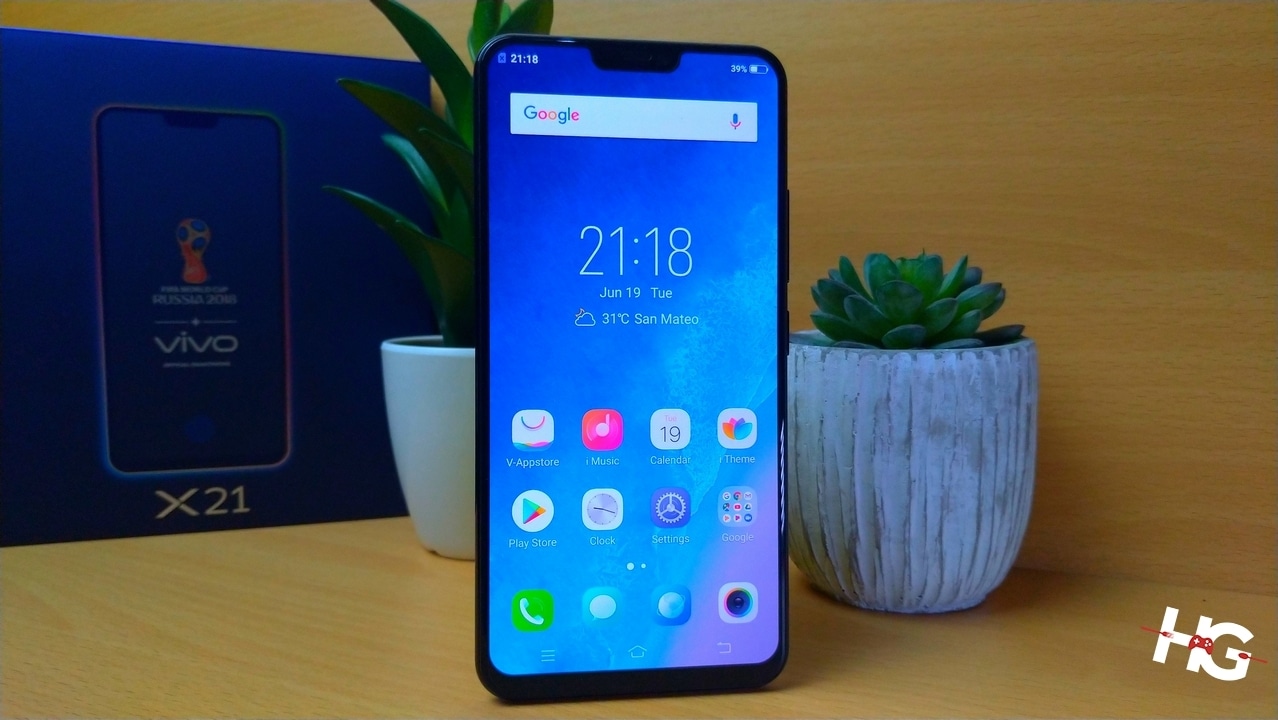
| Chipset | Qualcomm Snapdragon 660 |
| Screen | 6.3-inch, 19:9, Super AMOLED, 2280 x 1080 |
| RAM | 6GB |
| OS | Android 8.1 Oreo with FunTouch OS 4.0 |
| Rear Camera | 12MP f/1.8 with Dual Pixel Sensor + 5MP f/2.4, LED Flash |
| Front Camera | 12MP f/2.0 with Dual Pixel Sensor, Front Screen Flash |
| Storage | 128GB internal storage expandable up to 256GB via microSD slot |
| Network | 4G LTE, Dual-SIM |
| Connectivity | USB 2.0, WiFi, Bluetooth 5.0, OTG |
| Others | GPS, A-GPS, Gyroscope, Accelerometer, Light Sensor, Proximity Sensor, Digital Compass |
| Battery | 3,200mAh |
| Colors | Black |
Unboxing
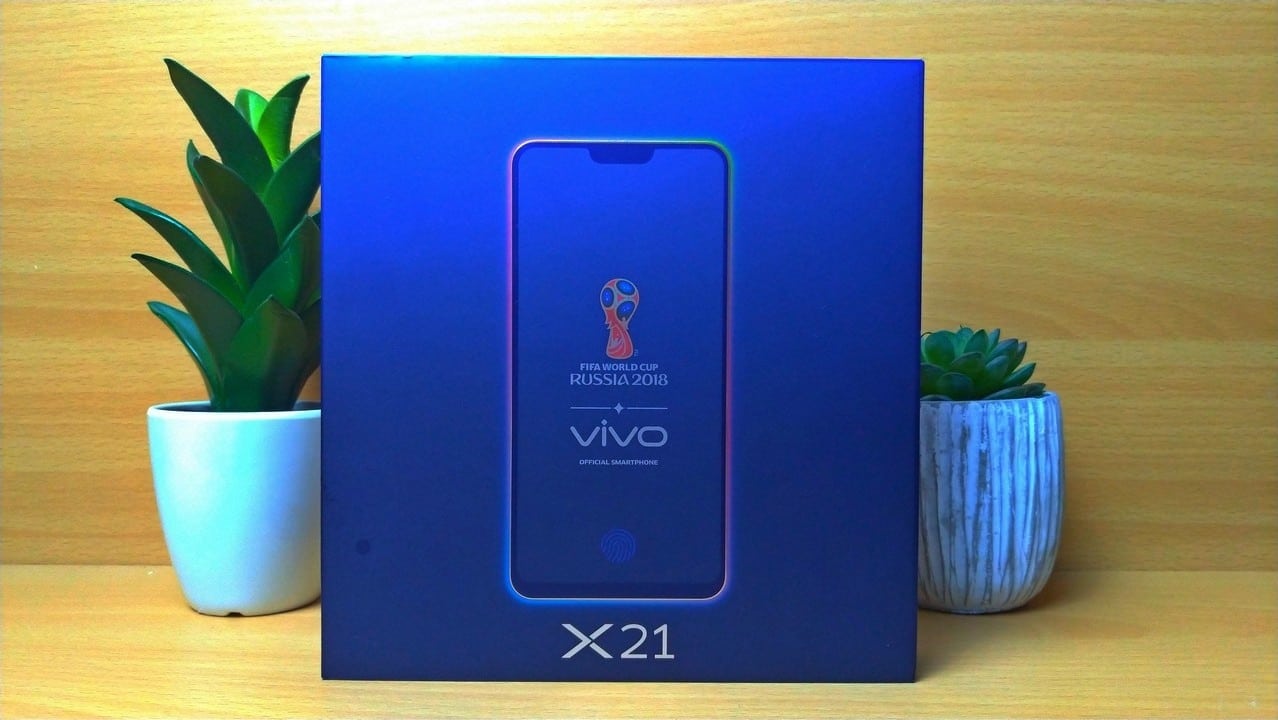
Unlike previous Vivo smartphones that came in a drab, white box, the Vivo X21 comes in this beautiful blue enclosure that flaunts its partnership with the FIFA World Cup.
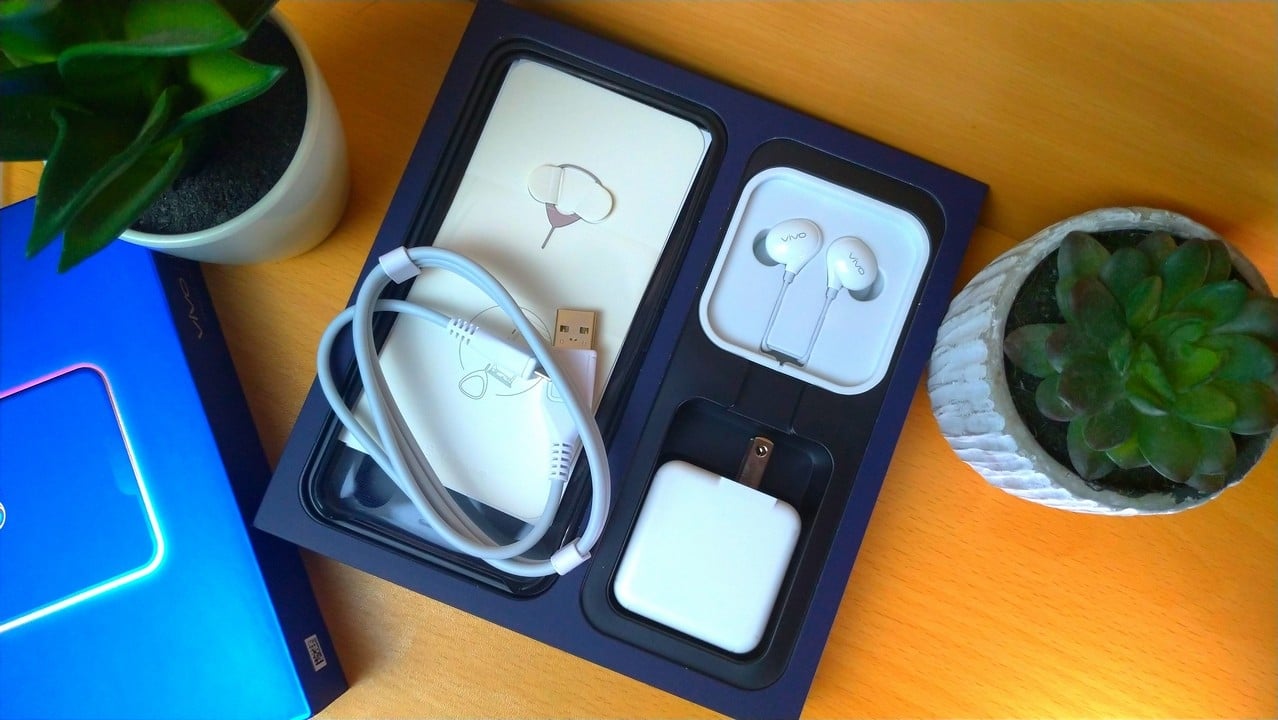
Inside is a well-laid out packaging from the brand. A microUSB cable, a SIM ejector pin, a wall plug, documentation, a clear case, and a pair of earphones lay waiting for its user.
Design and Features
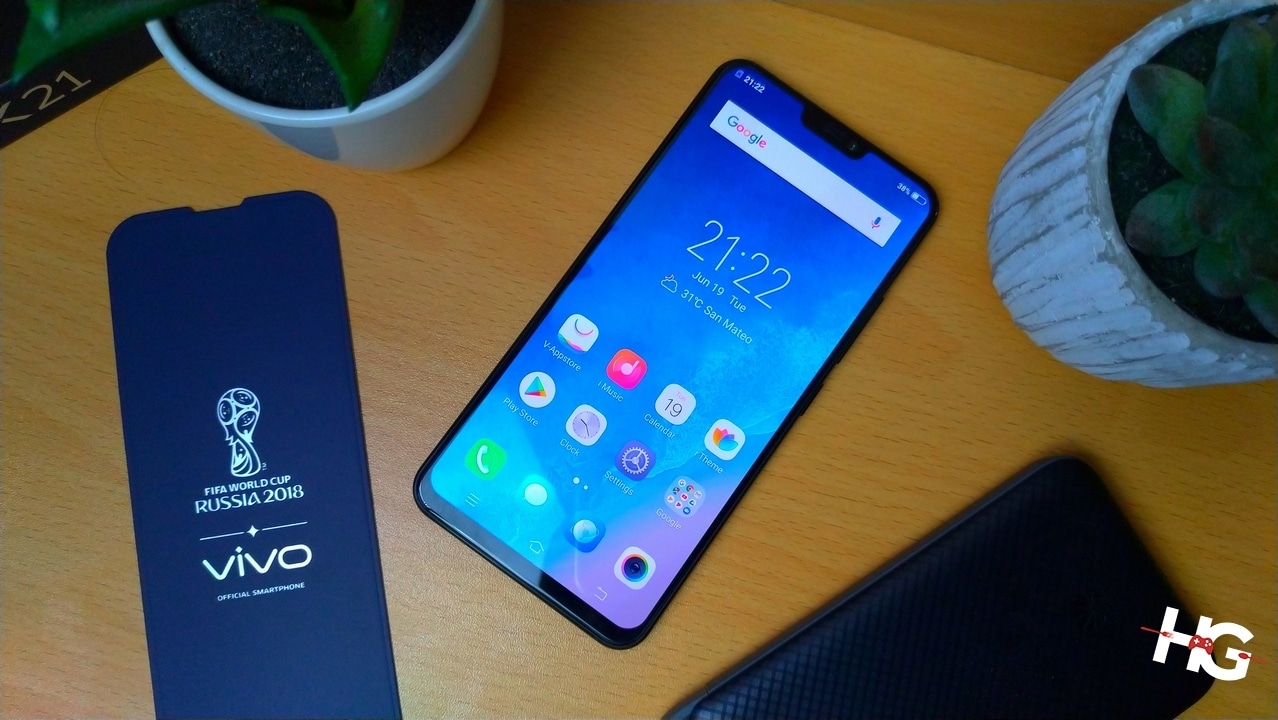
Like the Vivo V9 before it, the X21 comes with a 6.3-inch, 19:9 notched display with a 2280 x 1080 FHD+ resolution. The screen, however, has been improved with the Vivo X21 now having an AMOLED panel instead of the usual IPS. Color reproduction on the Vivo X21 is better than ever due to the switch to an AMOLED screen. Brightness is also pretty good with the X21’s display still able to be seen even under sunlight.
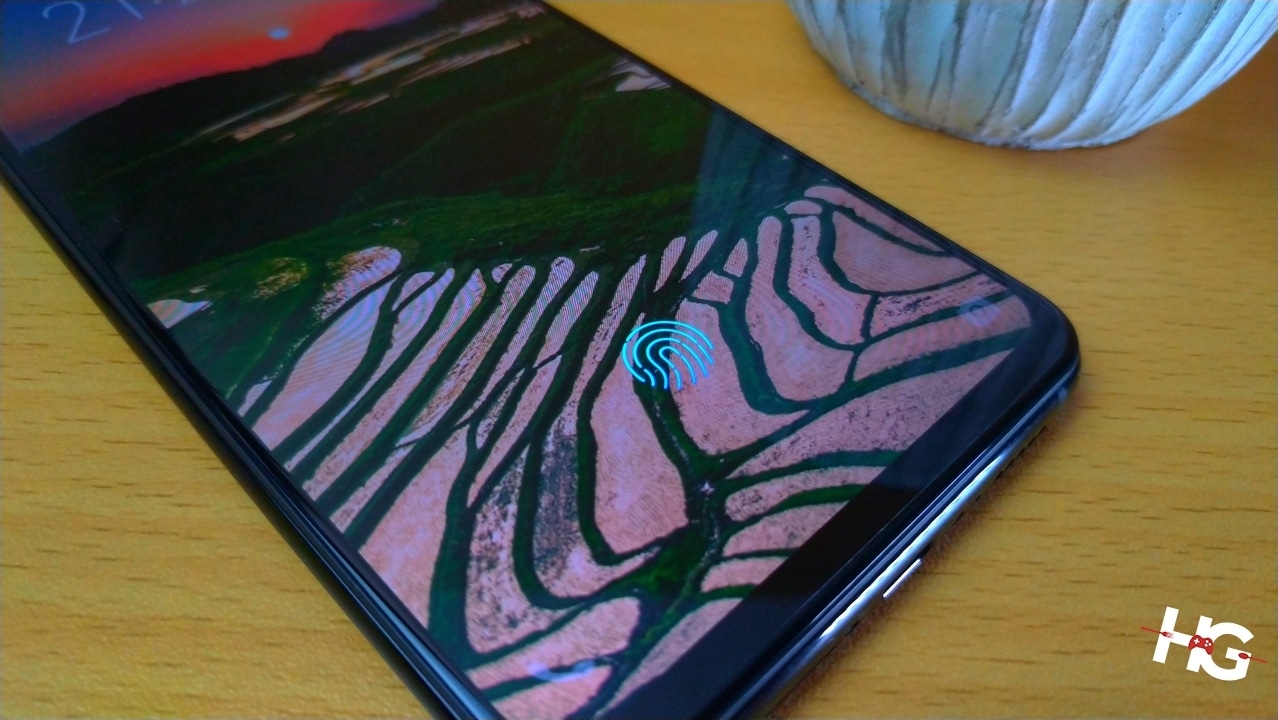
The biggest difference in the screen, however, is the implementation of an embedded fingerprint scanner. When the smartphone is locked, there’s a fingerprint symbol that lights up on the display. This is the only part where the smartphone can be unlocked via fingerprint despite some materials have led to believe. Despite that, the response of the scanner is surprisingly fast even surpassing some of the fingerprint and facial recognition implemented on some smartphones.

At the top of the X21’s display are its speaker grilles, light sensor, and a 12MP f/2.0 front-facing camera. There’s a drastic decrease of megapixel count on the V9’s 24MP selfie shooter compared to the X21’s 12MP camera. Pixel count, however, is just one part of the equation. We’ll see how the X21’s front facing camera will perform in our camera section.
The X21 still carries Vivo’s AI Face Beauty that detects the facial features of its user and automatically adjusts the beautification levels of the smartphone. Of course, Face Unlock is still available to unlock the X21 by only using the user’s face.
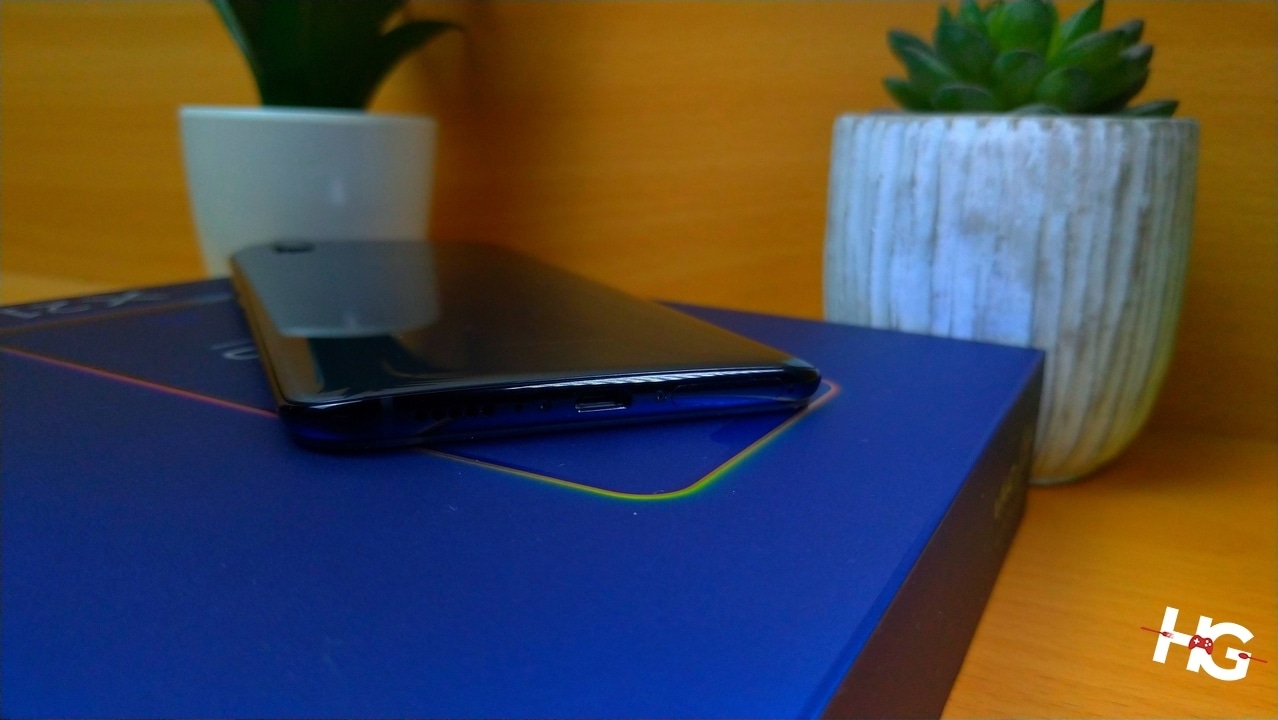
Below the screen are the smartphones loud-speaker grilles, a microUSB port, and weirdly enough, the Triple slot SIM card tray (which supports two SIM cards and a microSD card if you want to expand the 128GB internal storage). We still can’t believe that Vivo has still implemented a USB Type-C port with the X21. As a high SKU, you’d expect that the smartphone will at least have a Type-C port. But alas, it seems that today is not the day.
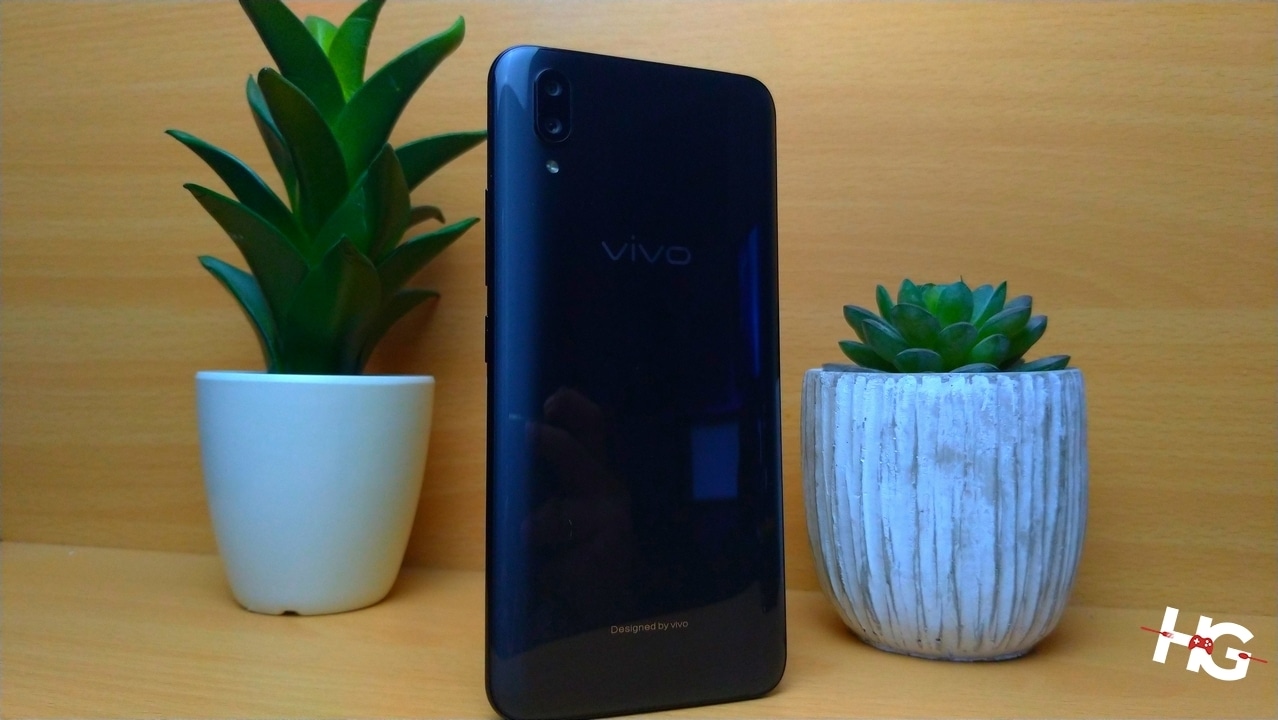
Unlike previous rear designs that prefer a matte finish, the Vivo X21 completely goes another way by using a shiny finish. Don’t get us wrong. The rear of the X21 is gorgeous. It’s also sleeker since there’s no fingerprint scanner that breaks the lines in the middle of the rear. It’s beautiful if it’s not completely covered in grime and fingerprints. Fortunately, there’s a clear case included in the package so you the X21 won’t get dirty too quickly.
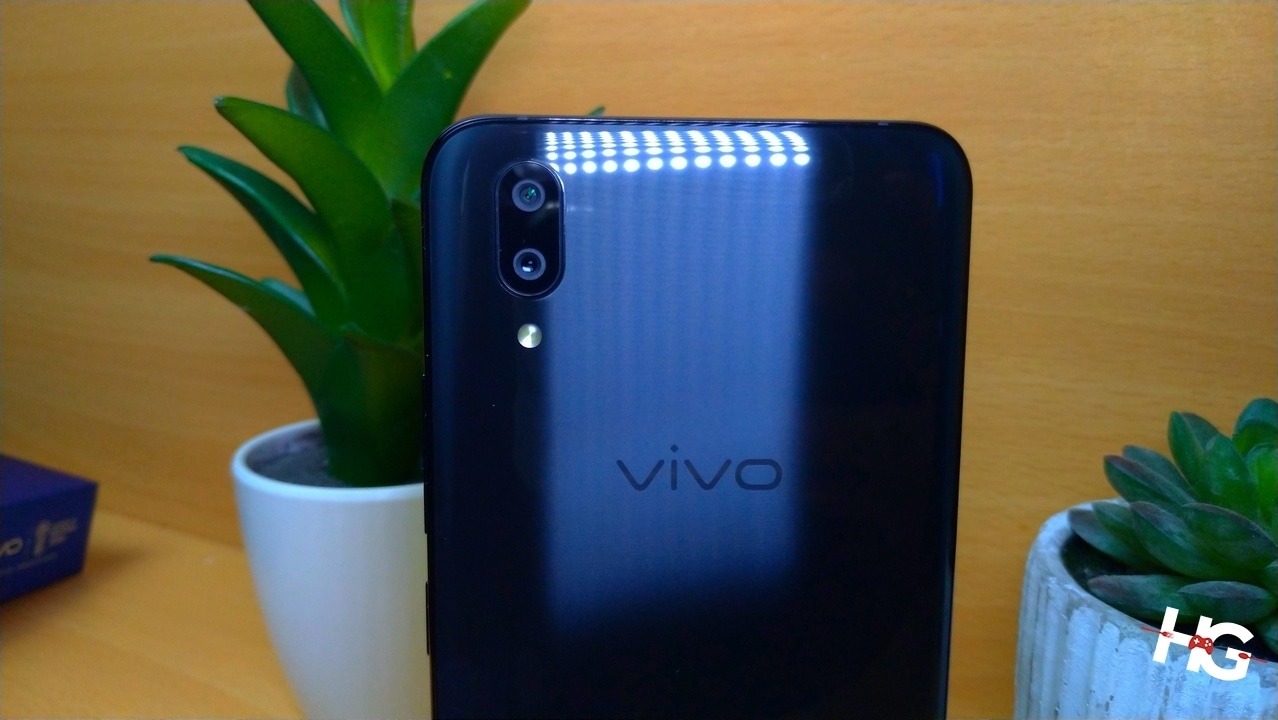
The only fracture in the X21’s otherwise splendid rear are the dual rear cameras and the LED flash. The cameras are composed of a 12MP f/1.8 with Dual Pixel PDAF primary shooter and a 5MP f/2.4 PDAF secondary camera.
Like its contemporaries, the Vivo X21 is a marvel in terms of aesthetics. Sleek lines and minimalist design litter the smartphone. The only gripe we have about the X21 are the reflective back that quickly attracts dust and fingerprints as well as the exclusion of a USB Type-C connection.
User Interface
The Vivo X21 sticks to the familiar for the user interface. On the device is Google’s Android 8.1 Oreo with Vivo’s signature FunTouch OS 4.0 skin. There’s no major difference in usability compared to Vivo’s recent releases. It’s still reminiscent of the Apple iPhone, which should make the switch easier for older Apple users to an Android. Standard features such as Smart On/Sleep, Split Screen, Air Operation, and Smart Wake are still present in the Vivo X21.
Entertainment
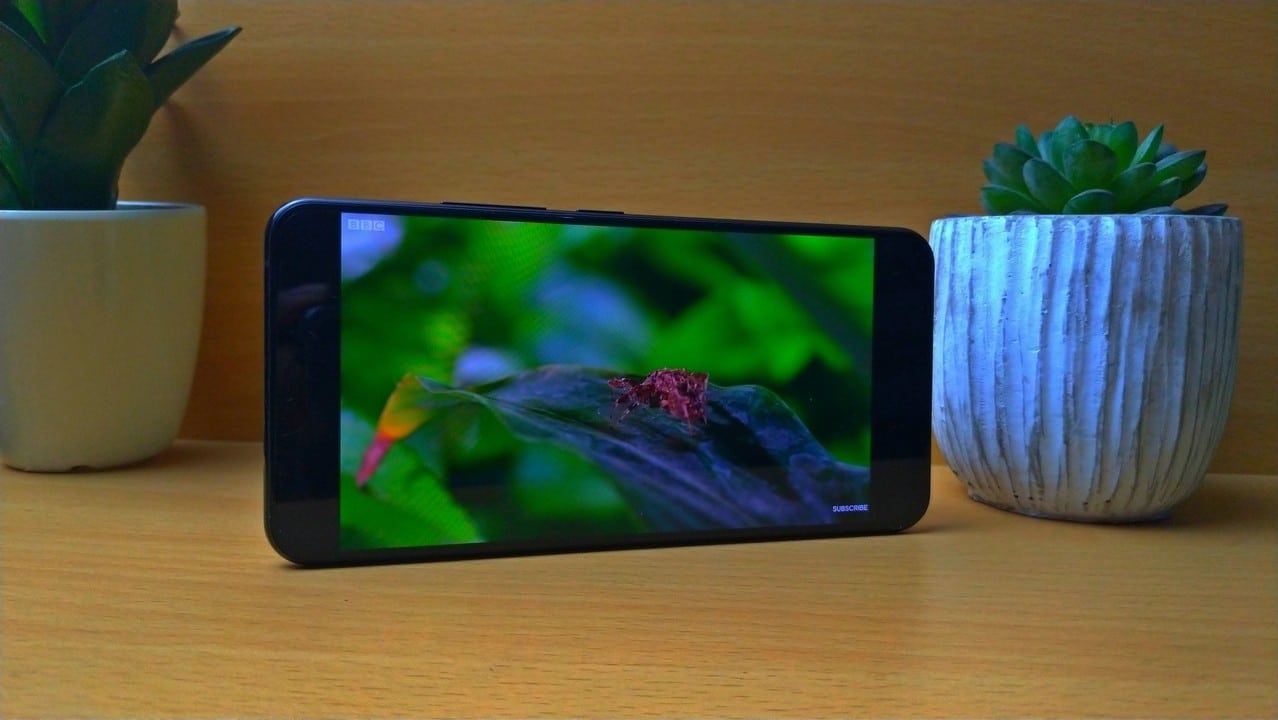
The 6.3-inch, 19:9 AMOLED display of the X21 is undoubtedly more impressive compared to their previous efforts. Color reproduction is good and the 402ppi pixel density is just right for viewing even if you like mashing the smartphone to your eyes. Since it is still notched, however, maximizing movies or series that use a wider aspect ratio than the standard 16:9 format will still have part of the image cut off.
The bottom-firing speaker is less impressive compared to the screen. Everything that comes out of the loudspeaker sounds hollow. It lacks depth especially when it comes to movies and music. Using it anything outside calls would be less than ideal to its user. Better use the included earphones if you want to have a better listening experience.
Camera
The camera interface of the X21 doesn’t really do much in the way of innovation. It still comes with the usual set of options such as Auto, AR stickers, Professional Mode, Panorama, Beautification, Slow Motion, UltraHD, and Document mode. Nothing out of the ordinary here.
The Vivo X21’s dual 12MP f/1.8 + 5MP f/2.4 delivers detailed photos with decent color rendition. The camera app, however, has a tendency to use varying degrees of white balance when on auto. We needed to readjust the focus on the subject in order to get a better white balance on our photos. It’s a bit annoying sometimes but it isn’t experience-breaking.
Despite the lower pixel count, the 12MP front-facing camera of the X21 still captures detailed selfies. Beautification is still quite aggressive with significant smoothing of the skin when Face Beauty is left on auto. Better dial-in the beautification option yourself if you want to have a more natural-looking selfie without showing off your blemishes.
Performance and Benchmarks
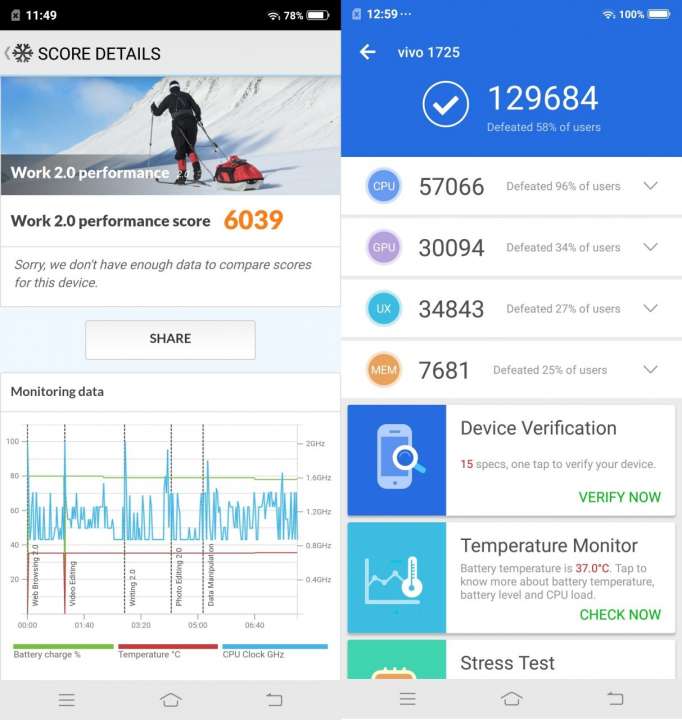
Inside the Vivo X21 is a Qualcomm Snapdragon 660 with 6GB of RAM, which fairly beefy for today’s standards. It provides ample processing power to all apps and even games without any significant latency to speak of. To provide even more dedicated processing power to your games, the X21 also comes with a game mode that terminates all non-important apps running on your smartphone in order for the game to fully utilize the SoC.
In terms of benchmarks, the Vivo X21 provides a massive performance boost over the Vivo V9. It scored 6030 in PCMark’s Work 2.0 Performance benchmark while it was able to reach 129684 in AnTuTu. An expected score given that it has a Qualcomm Snapdragon 660.
Conclusion
The Vivo X21 might only be an incremental upgrade to the Vivo V9 but it still offers several unique features to make it a smartphone of its own. With an improved display, good camera performance, and a unique in-display fingerprint scanning system, we expect that the Vivo X21 might be the format that other smartphone manufacturers will follow in the near future (except for the notched screen).

Priced at PhP 29,990, the Vivo X21 is a bit expensive for a smartphone with its specifications at its price range. It is still a good upgrade if you’re still rocking an older Android device. If you, however, have only bought a mid-range smartphone within the past six months, then there’s nothing truly mind-bending with the X21 to harbor an immediate upgrade.
If you bought a mid-range smartphone within the past six months, then there’s nothing truly mind-bending with the X21 to harbor an immediate upgrade. If you, however, are still rocking an older Android device, then it will be a good upgrade path with its decent performance, good cameras, and a unique fingerprint scanning system.
